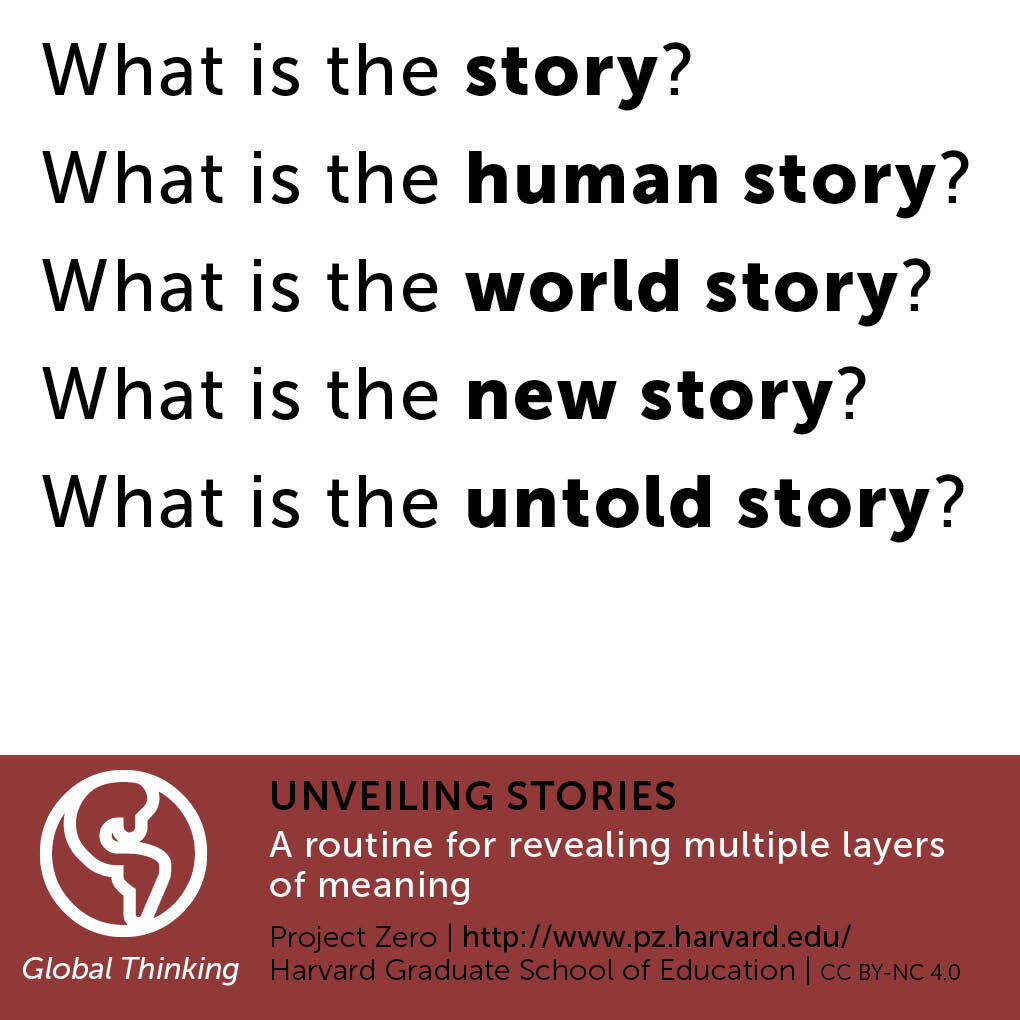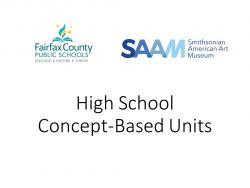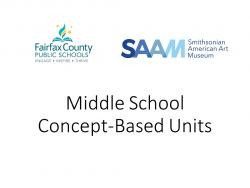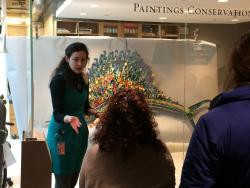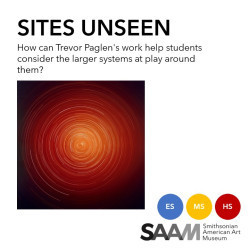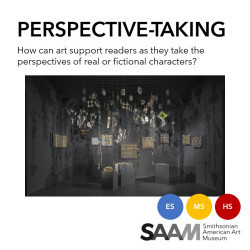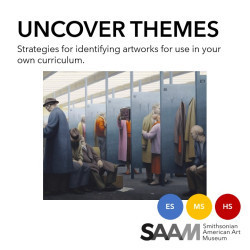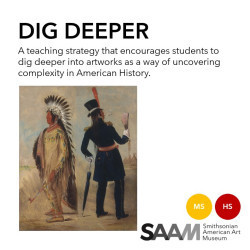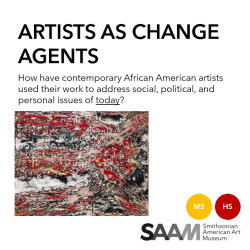Elizabeth Dale-Deines's collections
Telling a More Complete History
<p><a href="https://americanart.si.edu/artist/george-catlin-782" target="_blank">George Catlin</a>’s paintings of American Indians seem to capture the different ways of life of Native Americans in the 1830s. Incorporating them into your classroom activities can be a tempting way to check the “analyze primary sources” box while also checking the “art integration” box. But whose stories and values are actually represented in these works? How might we tell more complete narratives in our classrooms to share multiple perspectives and gain a more nuanced and authentic understanding of this time and the peoples represented? NMAI’s Native Knowledge 360⁰ online lesson provides perspectives from Native American community members, documents, maps, images, and activities to help students and teachers understand an important and difficult chapter in the history both of Native Nations and the United States. Renée Gokey (Citizen of the Eastern Shawnee Tribe of Oklahoma), NMAI Teacher Services Coordinator, will co-facilitate.</p>
<p>Please note: this is for teachers of all grades and subjects.</p>
<p>Keywords: Native Americans, History, DEI, diversity, equity, inclusion</p>
 Elizabeth Dale-Deines
Elizabeth Dale-Deines
30
Human Migration
<p>Images from the Smithsonian American Art Museum dealing with human migration.</p>
<p>Keywords: global education, immigration</p>
 Elizabeth Dale-Deines
Elizabeth Dale-Deines
38
FCPS High School English/Language Arts
<p>Artworks grouped according to concept-based units:</p><ol><li>Role in the Community</li><li>Change & Transition</li><li>Perspectives</li><li>Self-Discovery</li><li>Persuasion & Consumerism</li><li>Art & Aesthetics</li><li>Power</li><li>Hope</li><li>Innovation & Progress</li><li>Alienation</li></ol>
 Elizabeth Dale-Deines
Elizabeth Dale-Deines
86
Looking at (Art)ifacts
<p>If you could ask an artifact about every person who touched it, every conversation it has overheard, the source of each of its materials, what would you learn? How could the answers to these questions shed light on that tricky term “civilization"? A contemporary work from the Renwick Gallery will serve as a provocation, inviting participants to craft powerful questions whose answers unlock layers of understanding about the artwork's times, places, and people. This initial inquiry will scaffold later consideration of an Egyptian artifact. Taking metacognitive breaks along the way, participants will reflect upon the thinking moves that empowered them to develop incisive questions. Retaking the role of the educator, participants will reflect on the skills learned through investigation of the artwork and consider how these skills might enhance and deepen students' understanding when applied to curricular material, particularly early civilizations. </p>
<p>Keywords: global education, wondering, interdisciplinary</p>
 Elizabeth Dale-Deines
Elizabeth Dale-Deines
5
Creative Writing and Art
<p>Writing activities and artworks that spark inspiration, escape, persuasion, creation, and communication. All writing styles and purposes encouraged! By trekking through century-old landscapes, giving voice to silent portrait sitters, and imagining what’s outside the frame, user will play with words as they hone their skills as teachers and writers. Includes Monday-ready strategies for jump-starting your students’ writing.</p>
<p>Keywords: NCTE, National Writing Day, creative writing</p>
<p></p>
 Elizabeth Dale-Deines
Elizabeth Dale-Deines
6
Strategy: Pairing Art and Poetry
<p>How can an artwork and poem pairing uncover layers of meaning and deepen student understanding?</p>
<p>Keyword: text-to-text, text-to-self, text-to-world, literature</p>
 Elizabeth Dale-Deines
Elizabeth Dale-Deines
8
Reading Artwork: Visual Literacy in the History Classroom
<p>Target skills:</p>
<ul><li>conduct careful analysis;</li><li>develop and deepen inferences;</li><li>argue based on evidence;</li><li>connect claim and support.</li></ul>
<p><br></p>
<p>Essential questions:</p>
<ul><li>Where, between various recordings of a historical event, is the truth?</li><li>What questions must we ask in order to discover truth? Whose perspectives must we take?</li><li>What can art do for the humanities?</li></ul>
<p><br></p>
<p>Keywords: sourcing heuristics, visual literacy, historian's habits of mind</p>
 Elizabeth Dale-Deines
Elizabeth Dale-Deines
8
The Past in the Present
<p>April 8, 2017</p><p>9:30 a.m. - 1:30 p.m.</p><p>When navigating the reality of today and seeking to shape their futures, your students may not see the power of the past at work in their lives. As the educators of tomorrow's voters, leaders, and citizens, you know that history can serve as a roadmap and a cautionary tale. Explore the Museum's contemporary art galleries with the senior curator of contemporary interpretation to uncover the history hiding in contemporary art. Participate in activities that challenge you (and your students) to internalize the past, trace its ripples to the present, and take informed action toward change for the future.<br /></p>
 Elizabeth Dale-Deines
Elizabeth Dale-Deines
27
Perspective-Taking: Seeing Through the Eyes of the Protagonist
<p>Avid readers and researchers know the intoxicating effect of falling into the skin of a character (real or fictional) and seeing deeply into the past or inhabiting an unknown world thanks to the power of words. How can artwork amplify this experience for passionate readers? How can it provide an entry point for those that need additional scaffolding? Participate in activities that utilize the imagination as a window to humanities content.</p>
 Elizabeth Dale-Deines
Elizabeth Dale-Deines
16
Expanding the Narrative: Meet and Greet the Harlem Renaissance
<p>Created for <em>Art and the African American Experience</em></p><p>Look beyond the traditional narrative of the Harlem Renaissance by taking on the character of historical figures with Teaching for Change.</p>
 Elizabeth Dale-Deines
Elizabeth Dale-Deines
9
Artist as Change Agent
<p>Created for <em>Art and the African American Experience</em><br></p>
<p>How have contemporary African American artists used their work to address social, political, and personal issues of <u>today</u>?<br></p>
 Elizabeth Dale-Deines
Elizabeth Dale-Deines
25
Through the Artist's Eyes: Marian Anderson, Activist
<p>Created for <em>Art and the African American Experience</em></p><p>Marian Anderson's legacy extends beyond her brilliant musical career. Explore local history, children's literature, and the power of visual symbolism with the Anacostia Community Museum. </p>
 Elizabeth Dale-Deines
Elizabeth Dale-Deines
5


